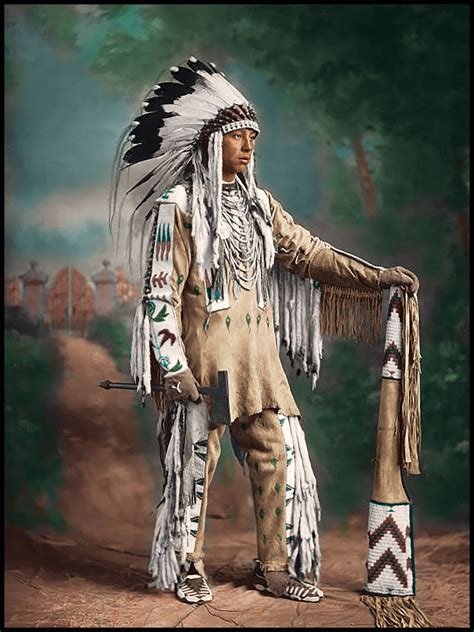Discover the surprising DNA evidence that reveals the ancient Beringians, a previously unknown group of Native Americans, offering new insights into early human migration.
Unveiling a Hidden Lineage

In a remarkable twist of fate, DNA analysis from a 6-week-old baby girl who lived over 11,000 years ago in what is now Alaska has revealed the existence of a previously unknown group of Native Americans. This group, known as the “ancient Beringians,” was uncovered through a meticulous study of the girl’s genetic material, extracted from her remains found at an ancient campsite in the Tanana River Valley.
The Discovery at Upward Sun River
The baby girl, named Xach’itee’aanenh t’eede gaay, meaning “sunrise child-girl” by the local community, was discovered in 2013 alongside the remains of a stillborn baby, believed to be her cousin, at a 11,500-year-old residential site known as Upward Sun River. Although scientists attempted to recover DNA from both infants, they succeeded only with the larger child, whose genetic profile has since opened a new chapter in the history of Native American ancestry.

A Distinct Genetic Lineage of Ancient Beringians
Contrary to expectations that her DNA would resemble that of modern Native American groups, the analysis revealed a unique genetic makeup that distinguished the ancient Beringians as a separate population. The study, published in Nature by a team led by evolutionary geneticist Eske Willerslev from the University of Copenhagen, indicates that this group split from the ancestors of other Native Americans around 20,000 years ago.
Origins and Migration Patterns
The research suggests that while the ancestors of most Native Americans migrated southward as the Ice Age ended, the ancient Beringians remained in the north, eventually becoming isolated and distinct. This population likely persisted in the region until they eventually disappeared, leaving no direct descendants among today’s Native American populations.
Debating the Migration Theories
The discovery of the ancient Beringians adds complexity to the understanding of how the first Americans populated the continent. There are two prevailing theories: one suggests a single migration wave brought all Native American ancestors to the continent, with the ancient Beringians representing an early offshoot that remained in Alaska. Another theory, supported by archaeologist Ben Potter from the University of Alaska, posits that the Beringians diverged from other Native American ancestors in Asia before crossing into North America in separate migrations.

Living Conditions of the Ancient Beringians
Excavations at the Upward Sun River site provide a glimpse into the lives of these ancient people. The remains of three tent-like structures were found, indicating that families lived at the site for extended periods. The burial of the two infants beneath a hearth where salmon was cooked suggests a close-knit community with complex burial practices. Additionally, the cremated remains of another child, a three-year-old, were discovered atop the hearth, adding to the evidence of long-term habitation.
Continuing the Search for Answers
While this discovery sheds light on the origins of Native Americans, it also raises new questions. Researchers like Connie Mulligan from the University of Florida point out that much remains unknown about how early populations moved and settled across such vast and varied landscapes, from the frigid north to the southernmost tip of South America. David Reich, a geneticist at Harvard University, adds that while the data supports a single migration theory, uncertainties about the precise timing of the Beringian split leave room for alternative interpretations.
The identification of the ancient Beringians marks a significant milestone in our understanding of human migration and the peopling of the Americas. As scientists continue to uncover and analyze ancient DNA, more pieces of this complex puzzle will undoubtedly come to light, offering deeper insights into the lives of the first Americans and their journeys across a changing world.